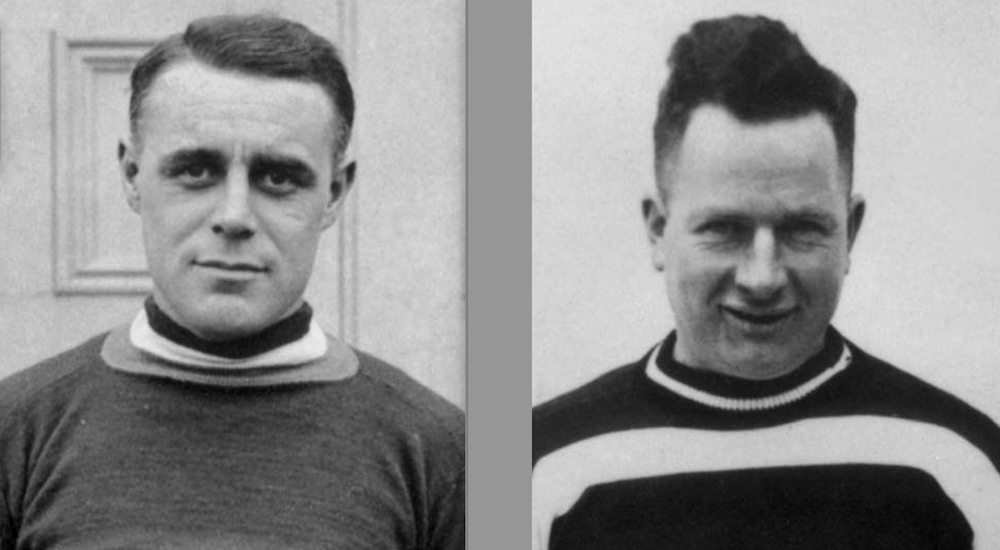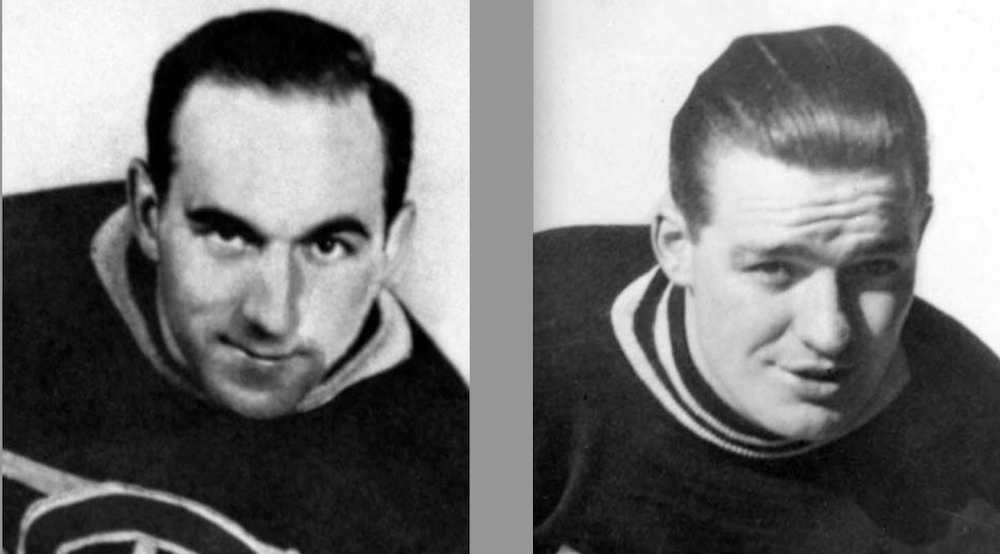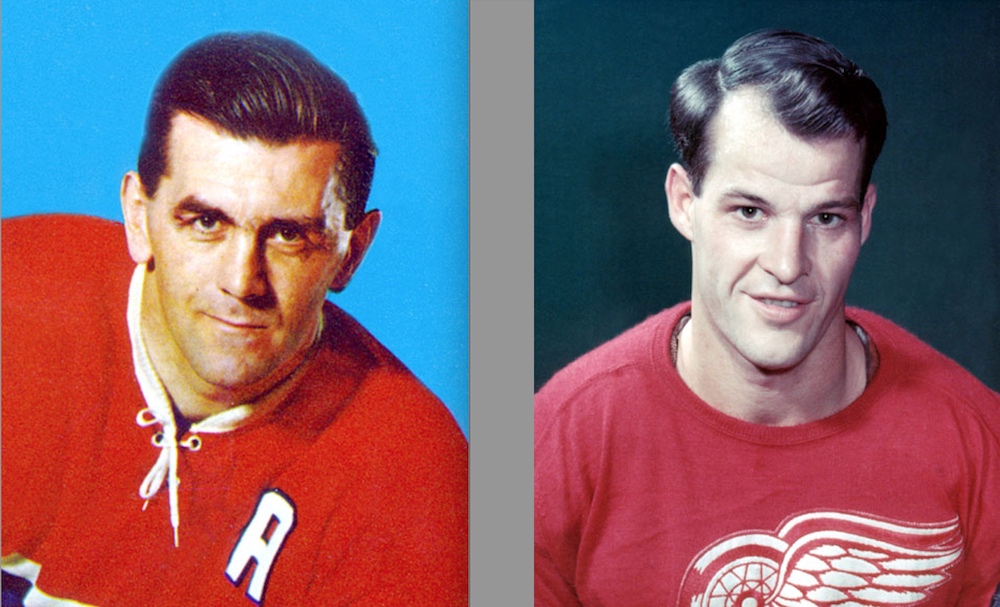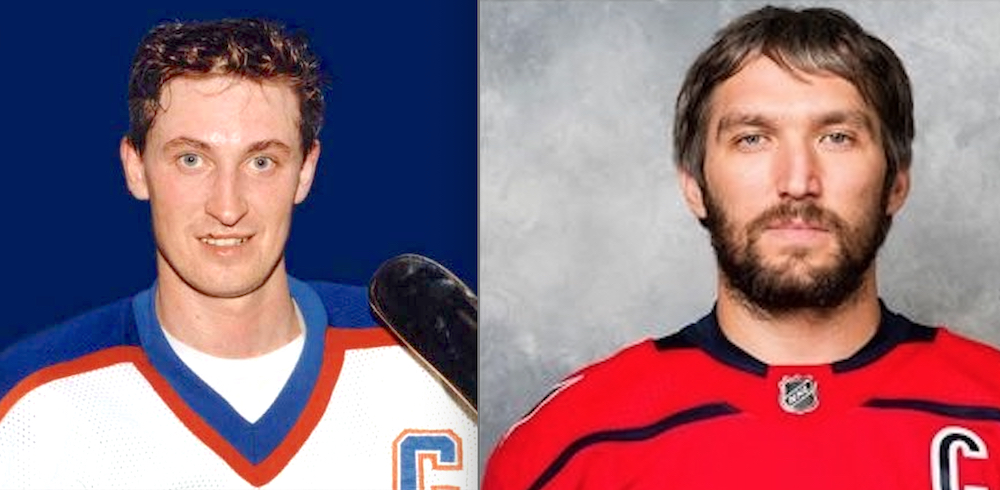The NHL season wraps up tonight, but we already know all the playoff pairings, including Toronto versus Ottawa. It’s the first Battle of Ontario since the two teams met four times in five years from 2000 to 2004. (It’s hard to believe it’s been 21 years since then!) The Maple Leafs have won the Atlantic Division, giving them their first division title in a full (non-Covid) season since 1999–2000. The Senators earned the first wild card spot in the Eastern Conference and are back in the playoffs for the first time since the 2016–17 season. The Senators won all three games against the Maple Leafs during the regular season, but Toronto should be good enough to win this. Then again, there have been so many playoff disappointments in the Auston Matthews–Mitch Marner–William Nylander–John Tavares “Core-4” era that it’s impossible to be too confidence.
Still, as I often say, people shouldn’t come to me for advice or opinions on current hockey because I can always tell you more about who won the Stanley Cup (and how) 100 years ago than I can tell you who’s going to win it now. So, with that in mind, we’re going back to the early 1920s for the first Toronto–Ottawa NHL playoffs match-ups.
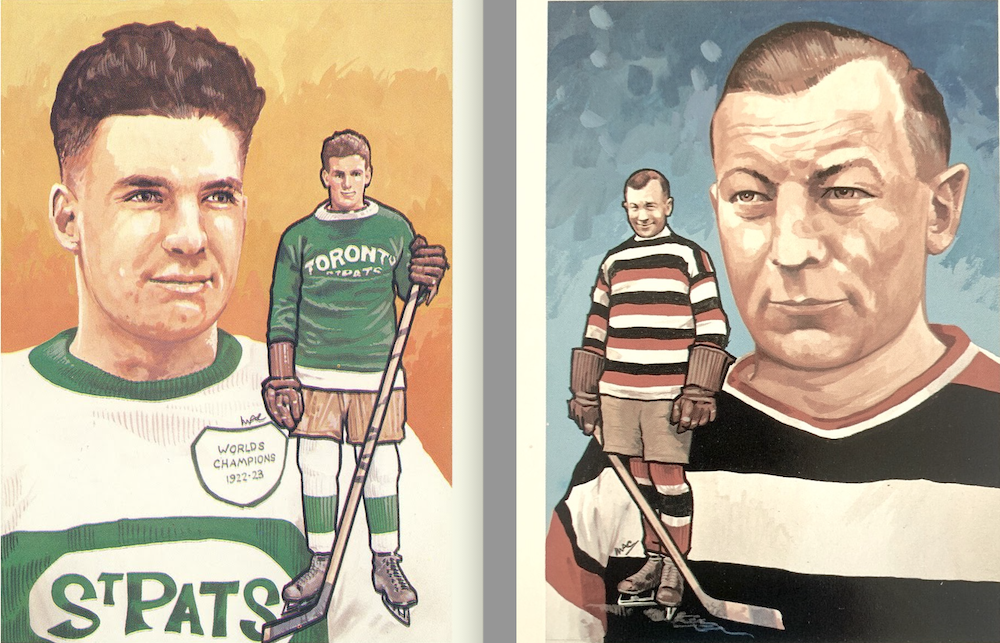
The Senators won their first Stanley Cup since the formation of the NHL at the end of the third season in 1920. Then, led by such stars as Frank Nighbor, Punch Broadbent and Cy Denneny at forward, Eddie Gerard and George Boucher on defence, and Clint Benedict in goal, Ottawa roared out to an 8–2–0 start to the 1920–21 season. That earned them first place in the first-half standings of the four-team NHL and clinched a spot in the postseason. The Toronto St. Patricks won the second half of the schedule with a record of 10–4–0 and faced the Senators in the playoffs for the NHL championship.
Toronto had come on strong in the second half of the season, boosted by the mid-season addition of former Ottawa star Sprague Cleghorn. Offensively, the team was led by Babe Dye who topped the NHL with 35 goals during the full 24-game schedule. Ottawa had fallen to a 6–8–0 record during the second half and Toronto fans were optimistic, but the Senators shutout the St. Pats 5–0 on home ice in the first game of their total-goal playoffs, and then won the second game 2–0 in Toronto to take the series 7–0. The Senators then defeated the Vancouver Millionaires of the Pacific Coast Hockey Association to win the Stanley Cup again.

The NHL abandoned the split schedule in 1921–22, deciding instead that the first- and second-place teams at the end of a full schedule would meet in the playoffs for the league championship. Ottawa was 14–4–2 through 20 games, but then lost four in a row to finish 14–8–2. Punch Broadbent led the NHL with 31 goals and 45 points on the season, but it was Clint Benedict and the Senators’ league-best team defense that had them on top. In Toronto, Babe Dye tied Broadbent with 31 goals and Harry Cameron led the league with 17 assists, but neither the team’s offense nor its defense was as good as Ottawa’s. The St. Patricks needed three wins in their last four games to finish 13–10–1 and stave off Montreal (12–11–1) for second place and get another chance at the Senators in the playoffs.
“Tomorrow night at the Arena the two best professional teams in eastern Canada will cross sticks, when the St. Patrick’s and Ottawa play the first game of the National Hockey League play-off series,” reported Toronto’s Globe newspaper on March 10, 1922. “The Senators have been the ‘top-dogs’ in the pro league for two years, and they are ambitious to make it three titles in a row, and so take their place in history with the famous Ottawa Silver Seven, which in other years won the Stanley Cup for the Capital.”
Both teams professed their confidence before the March 11 opener. Toronto hoped to build up a lead on home ice in the first game of the two-game, total-goals series. And with warm weather predicted in Ottawa for the second game two nights later, the Senators also hope to take a lead on the artificial ice in Toronto because it was thought the St. Pats would have an advantage on the soft, natural ice in the Canadian capital.

Toronto scored two quick goals for an early lead in Game 1, but Ottawa rebounded for a 3–2 lead at the end of one period. It was 4–3 Ottawa late in the second, but Toronto tied it when Babe Dye took a pass from Harry Cameron and scored just before the period ended. A disputed goal by Corb Denneny (brother of Ottawa’s Cy) late in the third period gave Toronto a 5–4 win and a one-goal lead in the series.
“The most prolific source of hockey conversation to-day,” reported The Toronto Daily Star on March 13, “is the disputed goal in Saturday night’s pro game between Ottawa and St. Patricks. ‘Jimmy’ Main, the well-known Toronto Canoe Club member, who parks himself right beside the goal umpire’s cage for every big game, says that the puck was six inches over the line. He says Goalkeeper Benedict stopped the original shot and then as he fell down the puck slid out about two feet. Corbett Denneny took a sweeping poke at it with his stick and reached it. The puck circled in over the line and was hooked out by Eddie Gerard. Main says that the reason Benedict got so sore was that he knew he had stopped the original shot and that he knew nothing about Denneny’s poke at the rebound. He saw the puck outside [the net] and figured it had always remained there.”
The second game of the series in Ottawa was played on soft, slushy ice as expected. The Senators had the best of the play, and outshot the St. Pats badly, but they couldn’t put one past Toronto goalie John Ross Roach. The St. Pats spent much of the game firing the puck out of their end and all the way down the ice, which was not punished with an own-zone face-off for icing in this era. The game ended in a scoreless tie, which gave Toronto the NHL championship by a total score of 5–4.

When the St. Pats got back to Toronto the day after the game (March 14), they were welcomed by supporters who met their train at Union Station. When they got to their dressing room at the Arena Gardens on Mutual Street, they found a wreath-strewn coffin said to contain the last remains of the Ottawa team. “Bottles … were used as candle-holders, while the Arena attendants played the Dead March in ‘Saul’,” reported The Globe of March 15. “Long green streamers were used to decorate the interior of the room, and all in all, a striking picture was presented… [T]here were other features which amazed the many visitors who flocked to the dressing room when they heard that the last rites were being performed at the expense of the Ottawa team.”
The NHL championship gave Toronto the right to face the PCHA champions from Vancouver for the Stanley Cup. The St. Patricks beat the Millionaires three game to two in the best-of-five series. But unlike 1922, it’ll take more than just a win and a tie to defeat the Senators this year, and then three more rounds — not five more games — to win the Stanley Cup. Still, Leafs fans are hopeful!
